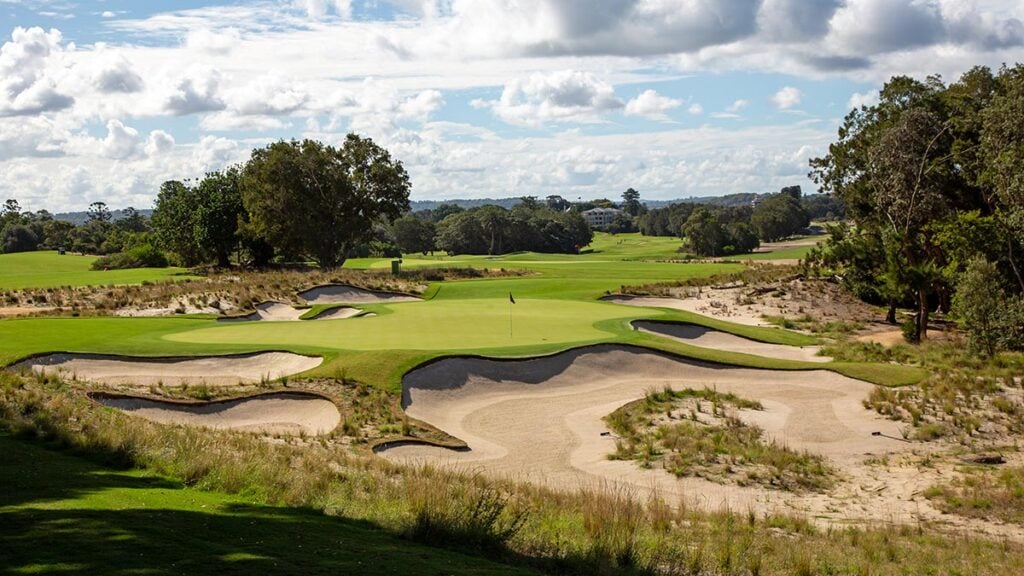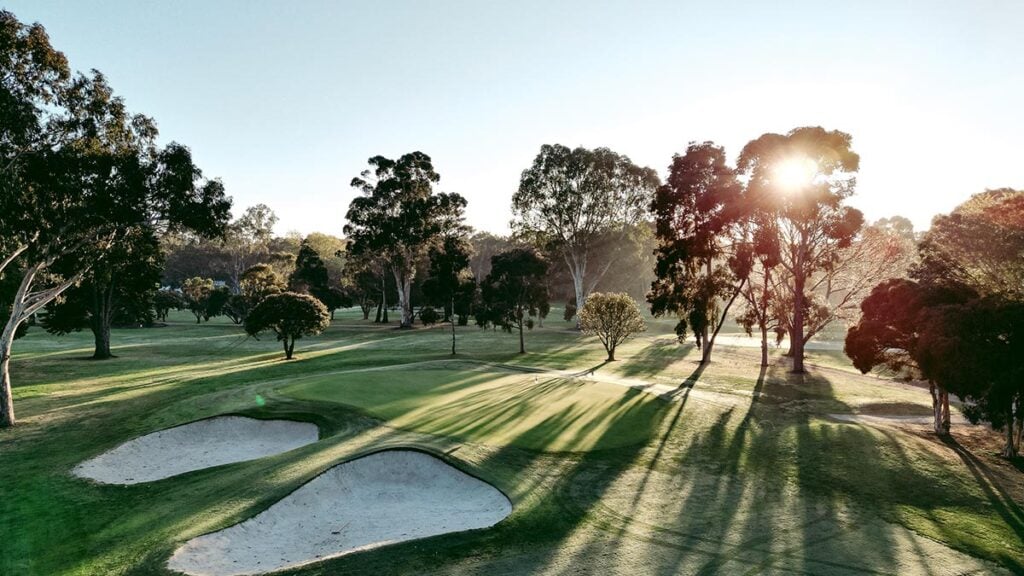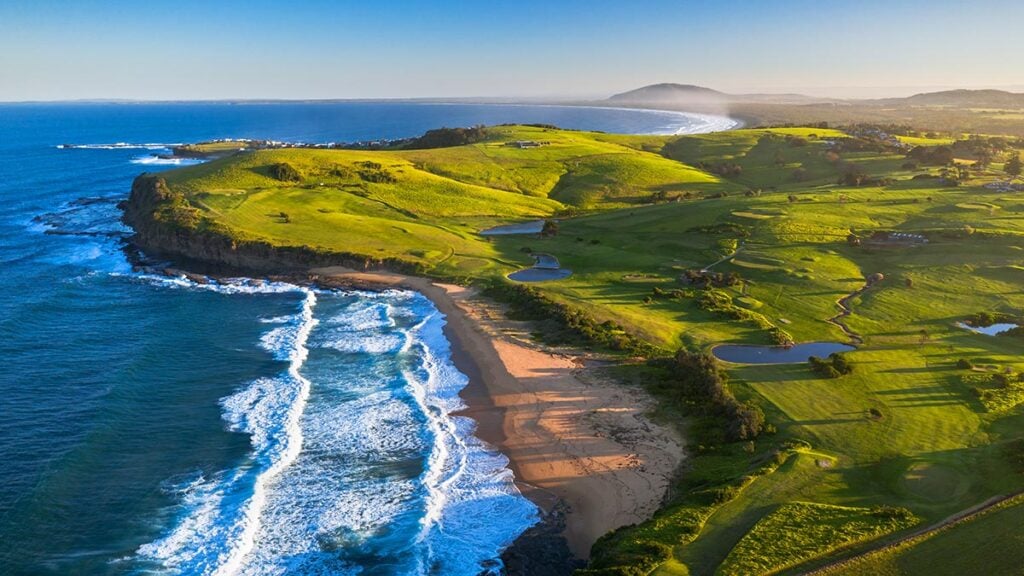It took a baby-faced Marc Leishman less than 18 holes to feel welcome at Commonwealth Golf Club.
For a promising and humble teenage amateur from country Victoria, nothing was intimidating about one of the most revered clubs on the Melbourne Sandbelt.
Well, aside from the approach shots.
But in the early 2000s, Leishman was being courted by several high-profile clubs in Melbourne. He wanted to test himself in the city’s elite pennant competition, and Melbourne clubs wanted him on their team.
But when Leishman and his father Paul teed up in a Saturday competition at Commonwealth, they were hooked.
“I remember when I got to Commonwealth, I wasn’t sure where I was going to join,” Leishman tells Australian Golf Digest.
“But I played a Saturday comp with dad and, from memory, the pennant captain and the president. I told Dad immediately, ‘This is where I want to be.’”

Sandbelt Star
From a playing perspective, it isn’t hard to see why Leishman – or anyone who sets foot on this classic Melbourne Sandbelt course – feels welcome. The first hole is a prime example.
A beautiful, sweeping, downhill short par 4 measuring just 294 metres from the tips eases a golfer into the round. With true Sandbelt bunkers lining either side of the fairway and a small green, a birdie 3 can be made as easily as a 7.
In fact, short par 4s and 3s are the heroes at Commonwealth. For the two-shotters, the tricky fourth and diminutive 17th stand out. On both holes, placement is everything and, fortunately for right-handers, the right side is where you want to be. On the 339-metre fourth, a green sloping aggressively left to right demands a lofty approach to hold the green. On the 303-metre 17th, attacking the tiny green from the right side of the fairway ensures the putting surface is actually visible. If your tee shots finds the left side of the fairway, be prepared to hit a high draw from a blind position.
While the slightly doglegging par-4 16th is Commonwealth’s signature hole, this writer was far more impressed with the wonderful par-3 ninth and its glamorous counterpart at the 15th. The ninth measures just 133 metres from the back but can be feast or famine with a severely sloping green surrounded by deep bunkers.
Similarly at the 15th, which maxes out at 147 metres, bunkering leaves the golfer feeling intimidated yet confident of getting it close with a solid strike using a short iron. Particularly impressive at the 15th is how big a portion of the long, cavernous sand trap in front of the green is hidden from the tee by the native vegetation.
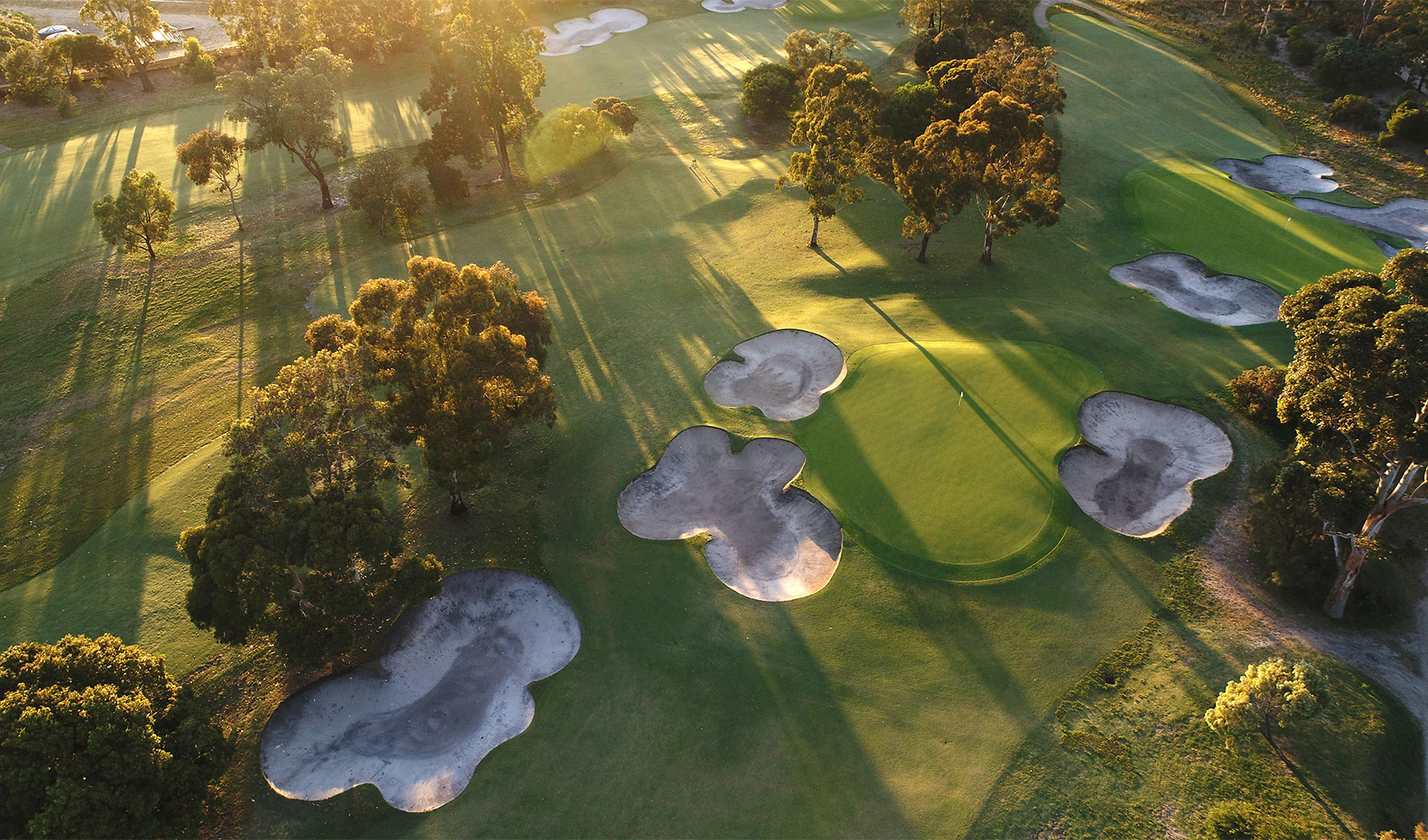
In Good Hands
In October, Commonwealth welcomed John Mann to the club to take over as course superintendent. Mann arrived at Commonwealth with a fabulous reputation consolidated during his tenure as super at the highly regarded Woodlands Golf Club.
Prior to Woodlands, Mann rose to be East course assistant superintendent at Royal Melbourne, where he was part of significant reconstruction projects and played key roles in preparing the Composite course for the 2011 Presidents Cup and 2013 World Cup.
At Commonwealth, Mann has been tasked with restoring some of the Sandbelt qualities. Mann says the first two projects are allowing golfers to play a variety of shots around the greens and restoring some of the native vegetation the Sandbelt is famous for.
“My mission is to enhance the golf course while staying true to the Sandbelt philosophy,” Mann says.
“There are some really great green sites, but some of the tweaks we have made include rolling out shorter mowing sites around the green complexes. That allows a playability and variety of short-game shots that the Sandbelt is renowned for.
“Firm, tight lies promote a variety of shot options; from running the ball all the way up the pin or, if you’ve got the high lofted shot, that, too.
“Another change we are starting to roll out is enhancing the native vegetation around the course. That is one of the most beautiful aspects of Sandbelt golf; when you see those native areas between tee and fairways and behind green sites. It frames each hole beautifully, while giving the course a natural look. Golfers will notice this particularly around the fourth and 14th tee carries at Commonwealth.”

Recent course work at Commonwealth also included a portion of trees being removed to realign each hole with its original design intention.
Commonwealth has a wonderful habit for discovering and preparing players for major golf tours around the world. A simple stroll through the clubhouse is like a museum of Australian golf exports. You’ll see Jarrod Lyle’s name on the wall under the title ‘club champion’ for four consecutive years. Lucas Herbert, who enjoyed a breakout year on the European Tour in 2018, holds the course record (65), while photos of Commonwealth’s victorious team from the 2004 division one pennants series shows a baby-faced Leishman standing beside teammate Lyle.
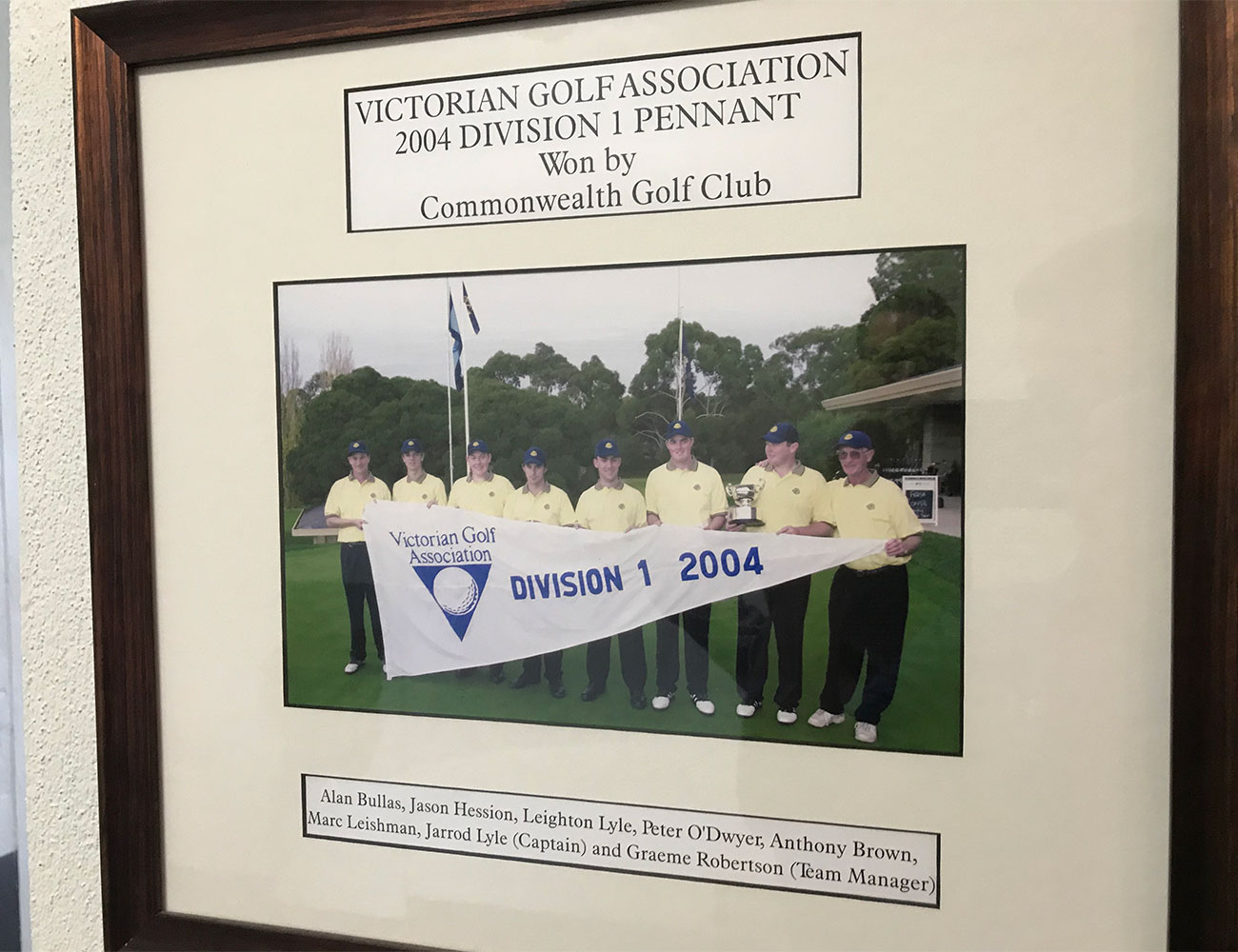
The men’s Port Phillip Amateur trophy – a 72-hole championship held across Commonwealth and Kingston Heath – boasts former champions such as Mike Clayton (1977, 1980), Brad Hughes (1987, 1988), Craig Spence (1994), Steve Allan (1995) and Scott Gardiner (1999).
“You had to be a good ball-striker to be there,” Leishman says.
“The layout, I think, was very demanding. It’s one of the longer courses on the Sandbelt and because of the (Legend couch) grasses, it played longer.
“You have to shape the ball both ways and it’s a really fun course to play; that’s a great combination. If you’re not striking the ball well there, you’ve got no chance of going low; those Sandbelt bunkers are pretty penalising and the greens are fair, but reasonably severe, so you need to know where to miss it.
“You need to have all the shots; there are certain greens where you absolutely have to spin your approach into the slopes. I didn’t just figure that out in competition; to go out there on a Tuesday night with a few balls and learn those shots was pretty good training for tour golf.
“I think that’s why it produces so many good players; it’s a shot-maker’s course – but a long shot-maker’s course.” – Marc Leishman
But Leishman says a warm and friendly membership base was the biggest positive he took out of his time at Commonwealth. In the mid-2000s, it was common to see Leishman taking a few balls out and developing the shot shapes he now flaunts on the US PGA Tour. It’s still common to see Herbert practising relentlessly on the putting green when at home in Melbourne.
“The atmosphere around the club was fantastic,” Leishman recalls. “All the members are really friendly and they did whatever they can to help you succeed. If you needed something, they did it for you… the culture is very good there, which makes it a cool spot (for tour players).
“It wasn’t just a boys club; the managers and their wives were there every week. My mum and my sister always felt very welcome down there.”
While Commonwealth doesn’t receive the same plaudits given to nearby layouts such as Kingston Heath, Royal Melbourne or Metropolitan, the club has its sights on getting the most out of its divine Oakleigh South surrounds.
“The canvas is there,” Mann says proudly of the course.
The Details
Where: Glennie Ave, South Oakleigh VIC 3167
Phone: (03) 9575 0444
Designers: Sam Bennett (1921); Charles H. Lane (1926); Sloan Morpeth (1962); Kevin Hartley (1992); Geoff Ogilvy, Mike Clayton, Mike Cocking and Ashley Mead – OCCM (2006 and ongoing).
About: Commonwealth is a par 73 with an ACR of 74 and measures 6,380 metres from the blue tees.
For more information on a Golfing Great head to Visit Victoria.

